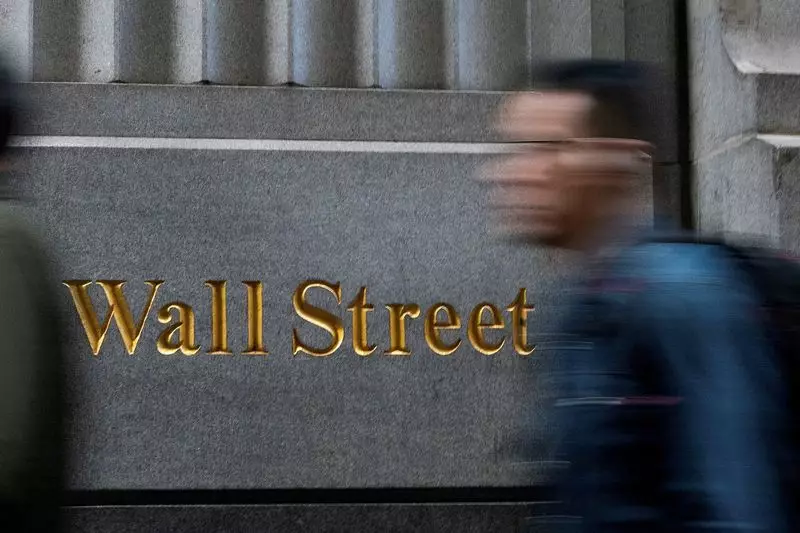As we embark on a new year, the stock market stands on the precipice of a significant evaluation point. Investors are eagerly awaiting the U.S. jobs report, scheduled for release soon, which is anticipated to reflect the economy’s stability—a factor crucial for the optimism surrounding equity investments in 2025. After wrapping up a robust year where the S&P 500 posted a noteworthy 23% gain, the market experienced some turbulence at the close of December and the dawn of January. Such fluctuations have raised questions about whether the economy is positioned for continued growth or if vulnerabilities are starting to surface.
The backdrop of this market uncertainty is marked by an impressive two-year performance that has not been seen since the likes of 1997-1998. Nevertheless, the path forward is intricately tied to the forthcoming labor market data. Investors will be monitoring these indicators closely to gauge the overall health of the economic landscape, as they can provide critical insights into the Federal Reserve’s monetary policies.
The anticipation surrounding the jobs report is not merely academic; rather, it holds tangible implications for fiscal strategies and investor confidence. Experts like Anthony Saglimbene of Ameriprise Financial emphasize the necessity for a solid labor market report to confirm a steady economic outlook. A report indicating a downturn in hiring or an uptick in unemployment could instigate caution among investors, potentially resulting in increased market volatility.
Historically, labor market figures can be quite erratic, impacted by various factors including strikes and natural disasters. The labor market has exhibited signs of fluctuation lately, with recent reports reflecting a rebound in job growth, yet the question remains—will this trend continue? Analysts have noted that while November showed a robust addition of 227,000 jobs, the three-month average indicates a more tempered pace of hiring, suggesting a gradual slowdown is taking hold.
Looking ahead to the scheduled jobs report for December, expectations are set for a gain of approximately 150,000 jobs, with the unemployment rate lingering around 4.2%. Such figures would provide investors with a clearer picture of the current employment trend, which could either bolster confidence or invite skepticism. As Angelo Kourkafas from Edward Jones pointed out, this upcoming report is poised to deliver the first unclouded insight into labor market dynamics in quite some time.
However, it’s not just labor statistics that could sway market sentiment; investors must also remain cognizant of inflation concerns that could arise from strong job growth. The Federal Reserve has already adjusted its inflation forecasts for 2025, hinting at potential interest rate hikes. It becomes imperative, then, for the jobs report to strike that precarious balance—termed the “Goldilocks number”—one that shows an economy growing adequately without stoking inflationary pressures.
Broader Economic Indicators and Market Performance
In addition to the jobs data, market participants will be focusing on a slew of other employment metrics, along with reports highlighting factory orders and services sector activity. With an overall robust year for the stock market in 2024, it’s important to note that December was not as favorable, with the S&P 500 experiencing a notable 2.5% decline. This downturn aligns with a historically low number of positive trading days during the month—a theme echoed by the analysts at Bespoke Investment Group.
Market analysts like Art Hogan of B. Riley Wealth assert that as the holiday season concludes, trading volumes are likely to increase, thus providing better clarity regarding market direction. Such insights, combined with the critical jobs report, will be vital for investors aiming to navigate the complex landscape of stock market investments effectively as we move further into 2025.
The forthcoming jobs report is not just another data point; it represents a critical juncture for the stock market, where investor optimism, economic health, and inflationary risks intersect. The outcome will not only shape market sentiment but also set the tone for monetary policy moving forward. As we wait with bated breath for these insights, the importance of a balanced economic outlook cannot be overstated in determining the trajectory of equity markets in the coming year.

